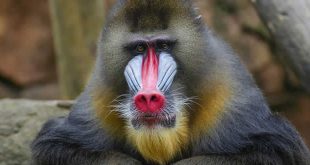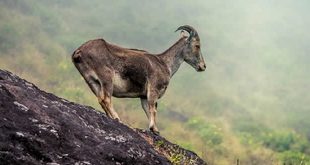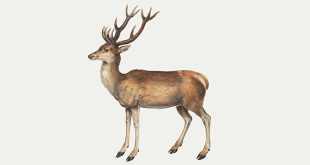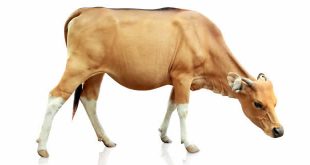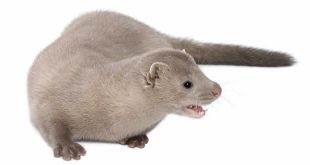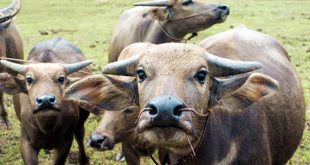 Tree Shrew — The treeshrews (or tree shrews) are small mammals native to the tropical forests of Southeast Asia. They make up the families Tupaiidae and Ptilocercidae and the entire order Scandentia. There are 20 species in 5 genera. Treeshrews have the highest brain to body mass ratio of any animal, even higher than humans.
Tree Shrew — The treeshrews (or tree shrews) are small mammals native to the tropical forests of Southeast Asia. They make up the families Tupaiidae and Ptilocercidae and the entire order Scandentia. There are 20 species in 5 genera. Treeshrews have the highest brain to body mass ratio of any animal, even higher than humans.
Although called treeshrews, they are not true shrews (although they were previously classified in the Insectivora), and are not all arboreal. Among other things, they eat Rafflesia fruit. They have no clear fossil record.
Treeshrews are slender animals with long tails and soft, greyish to reddish-brown fur. The terrestrial species tend to be larger than the arboreal forms, and to have larger claws, which they use for digging up insect prey. They are omnivorous, feeding on insects, small vertebrates, fruit, and seeds.
Female treeshrews give birth to up to three young after a gestation period of 45-50 days, in nests lined with dry leaves inside tree hollows. The young are born blind and hairless, but are able to leave the nest after about a month. During this period, the mother provides relatively little maternal care, visiting her young only for a few minutes every other day to suckle them. Treeshrews reach sexual maturity after around four months, and breed for much of the year, with no clear breeding season in most species.
These animals live in small family groups, which defend their territory from intruders. They mark their territories using various scent glands, or urine, depending on the particular species.
 Kids Portal For Parents India Kids Network
Kids Portal For Parents India Kids Network
